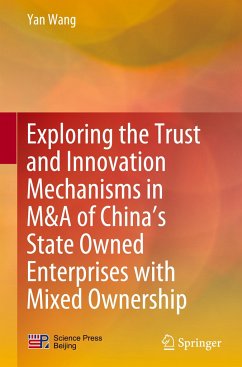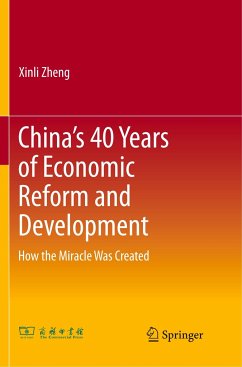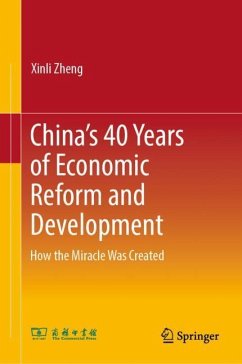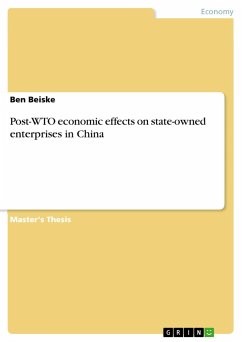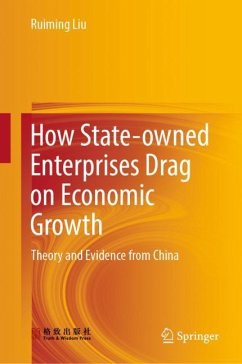
How State-owned Enterprises Drag on Economic Growth
Theory and Evidence from China

PAYBACK Punkte
42 °P sammeln!
Using a series of studies, this book shows that ownership structure plays a major role in the national economy as a whole. Inefficient State Owned Enterprises (SOE's) damage the development of private enterprises and overall economic growth in various ways. The policy implications are very clear: in order to achieve healthy and fast economic development, there must be a radical reform of SOEs. Moreover, the aim of the SOE reform is not just to highlight the enterprises' efficiency, but also create favorable conditions for financial deregulation, elimination of market segmentation, weakened mar...
Using a series of studies, this book shows that ownership structure plays a major role in the national economy as a whole. Inefficient State Owned Enterprises (SOE's) damage the development of private enterprises and overall economic growth in various ways. The policy implications are very clear: in order to achieve healthy and fast economic development, there must be a radical reform of SOEs. Moreover, the aim of the SOE reform is not just to highlight the enterprises' efficiency, but also create favorable conditions for financial deregulation, elimination of market segmentation, weakened market monopoly, and balanced regional economic development. The book argues that SOE reform is pivotal to stimulating general economic reform and development in order for China to achieve a smooth transition to a mature market economy.





